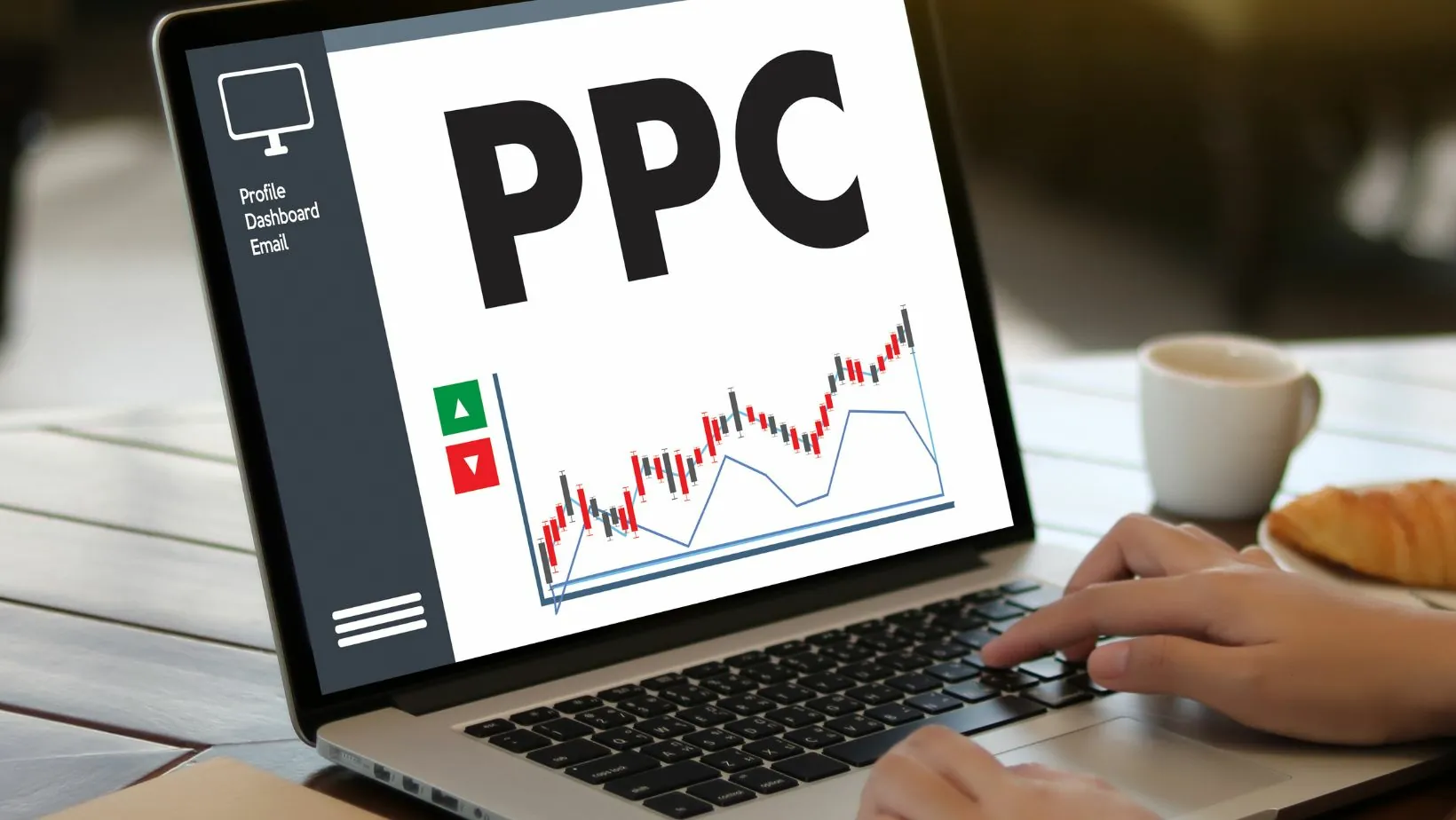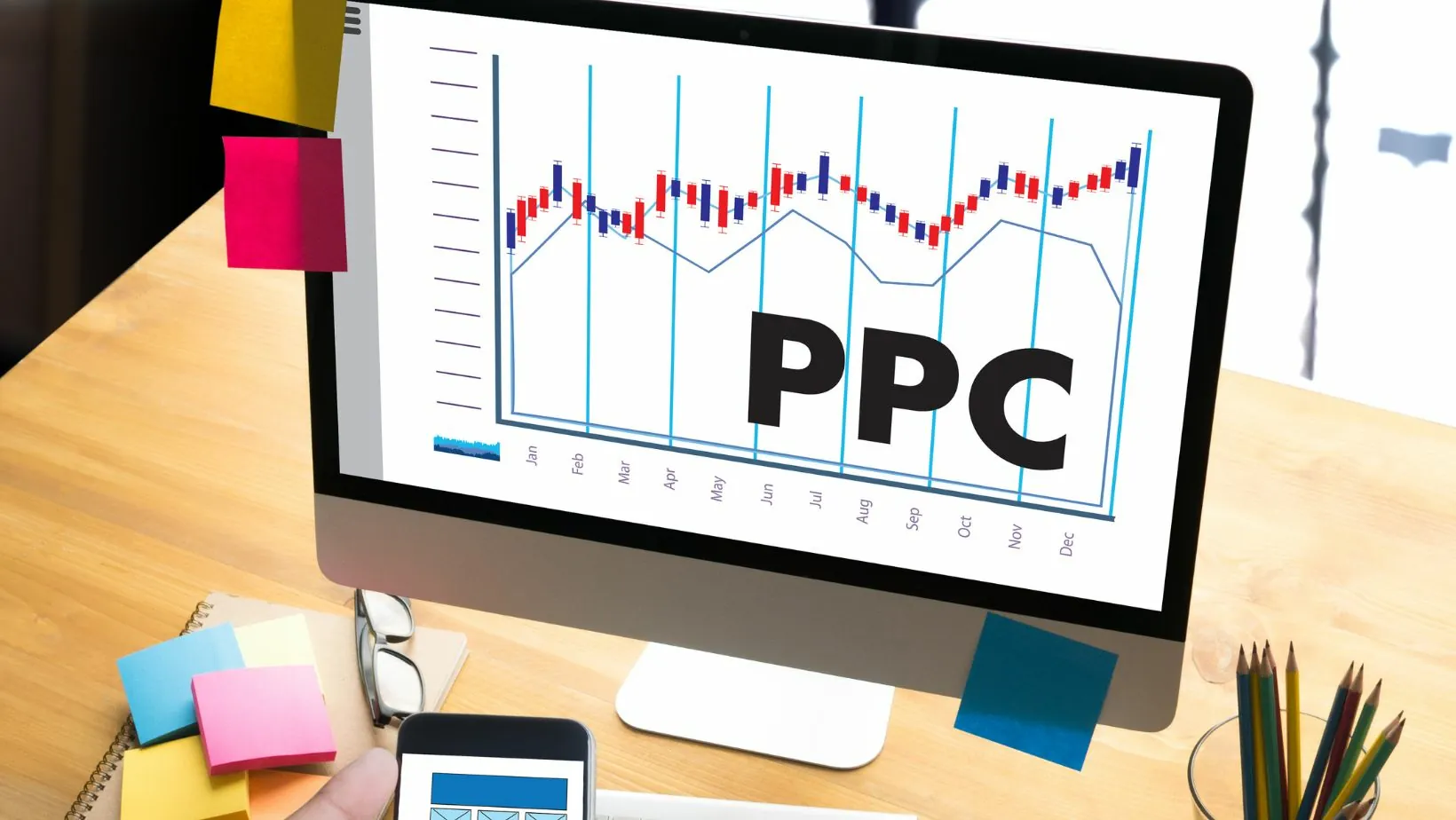In the fast-paced arena of Pay-Per-Click (PPC) advertising, success is not just about what you do—it’s also about understanding what your competitors are doing. Simply launching a campaign and hoping for the best is a recipe for wasted ad spend and missed opportunities. The digital marketplace is a battleground for attention, and your rivals are constantly refining their strategies to capture your target audience. This is where competitive PPC analysis becomes your most powerful weapon. By systematically dissecting your competitors’ advertising efforts, you can uncover invaluable insights that allow you to outmaneuver, outbid, and outperform them, ultimately driving a higher return on investment (ROI) for your own campaigns.
This comprehensive guide will walk you through everything you need to know about conducting a thorough PPC competitor analysis From identifying who you’re up against to translating data into actionable strategies, you’ll learn how to transform competitor research from a passive task into a proactive driver of growth for your search engine marketing (SEM) initiatives.
Table of Contents
ToggleWhat Is PPC Competitor Analysis?
PPC competitor analysis is the systematic process of researching and evaluating the paid advertising strategies of rival businesses within your market. It goes far beyond a casual glance at who else shows up for your main keywords. It’s a deep dive into their entire PPC funnel, including the keywords they target, the ad copy they write, the landing pages they use to convert visitors, their estimated budgets, and the audiences they prioritize.
Think of it as strategic reconnaissance for your digital marketing campaigns. A proper analysis provides a benchmark for your own performance and reveals the blueprint of your competitors’ successes and failures. By understanding their approach to platforms like Google Ads and Microsoft Advertising, you can identify gaps in the market, discover new keyword opportunities, and craft more compelling offers that resonate with potential customers. In essence, it’s about using data-driven intelligence to make smarter, more profitable decisions in your paid search efforts.
The Importance of Competitive Analysis in PPC Campaigns
Ignoring your PPC competitors is like navigating a maze blindfolded. Conducting regular competitive analysis is not just a best practice; it is fundamental to long-term PPC success and achieving a superior Return on Ad Spend (ROAS).
Here’s why it’s critically important:
- Discover New Keyword Opportunities: Your competitors may be bidding on high-intent, profitable keywords you haven’t considered. Analyzing their keyword portfolio can dramatically expand your reach and uncover “low-hanging fruit.”
- Benchmark Your Performance: How does your Click-Through Rate (CTR) or Impression Share stack up? Tools like Google’s Auction Insights report provide direct comparisons, helping you understand where you stand in the ad auction. This context is vital for setting realistic goals.
- Refine Your Unique Selling Proposition (USP): By studying competitor ad copy and landing pages, you can see how they position themselves. This allows you to identify their weaknesses and highlight your strengths, creating a more powerful and distinct message.
- Avoid Costly Mistakes: See which keywords or ad angles your competitors have tried and abandoned. Their failed experiments can save you time and money, allowing you to learn from their missteps without risking your own budget.
- Optimize Ad Spend and Bidding: Understanding when and where competitors are most active helps you make strategic bidding decisions. You might choose to bid more aggressively during their off-hours or focus on long-tail keywords where competition is less fierce, thereby lowering your average Cost-Per-Click (CPC).
- Stay Ahead of Market Trends: Your competitors’ campaigns can be a leading indicator of new product launches, promotions, or shifts in market strategy. Monitoring their activity keeps you informed and agile.
How To Identify Your PPC Competitors
Before you can analyze, you must identify. Your competitors aren’t always who you think they are. You have direct competitors (who sell the same products/services) and indirect competitors (who solve the same customer problem with a different solution). In PPC, you also have “keyword competitors”—businesses that may not be direct rivals but bid on the same search terms to attract a similar audience.
Manual searches
The most straightforward method is to act like a potential customer. Open an incognito or private Browse window (to prevent your personal search history from influencing results) and start searching for your primary keywords.
- Search your core terms: Look for your most important “money” keywords. Note every company that appears in the sponsored results at the top and bottom of the page.
- Use location modifiers: If you are a local business, search with city or neighborhood names (e.g., “plumber in brooklyn”).
- Analyze shopping ads: If you’re in e-commerce, pay close attention to the Google Shopping results.
While simple, this method is time-consuming and only provides a snapshot in time. Ad visibility can change by the hour, day, or location.
Use tools
For a comprehensive and scalable approach, dedicated third-party tools are indispensable. These platforms aggregate massive amounts of data to give you a clear picture of the competitive landscape. Popular tools include Semrush, Ahrefs, SpyFu, and iSpionage. They can instantly show you who is bidding on your keywords, what their top-performing ads look like, and estimate their monthly PPC budget.
Analyzing Search Engine Results
Within your Google Ads account lies one of the most accurate sources of competitor data: the Auction Insights report. This report directly compares your performance to other advertisers participating in the same auctions. It shows you metrics like:
- Impression Share: The percentage of times your ads were shown out of the total eligible impressions.
- Overlap Rate: How often a competitor’s ad appeared in the same auction as yours.
- Position Above Rate: How often a competitor’s ad was shown in a higher position than yours.
- Top of Page Rate: How often your ad (or a competitor’s) appeared at the top of the search results.
This report is the ground truth for identifying your most frequent and direct keyword competitors on Google.
Essential Metrics for PPC Competitive Research
When you begin your analysis, focus on metrics that provide actionable intelligence. Drowning in data is easy; the key is to know what to look for.
- Keyword Overlap: Which keywords are you both bidding on? A high overlap indicates a direct competitor. Tools can show you the exact percentage of keyword overlap.
- Competitor-Exclusive Keywords: What keywords are they bidding on that you aren’t? This is a goldmine for campaign expansion.
- Estimated Ad Spend: Tools can estimate how much your competitors are spending per month on PPC. A significant budget often correlates with a mature, successful strategy worth examining.
- Ad Copy & Messaging: Analyze the headlines, descriptions, and calls-to-action (CTAs). What pain points do they address? What offers do they promote (e.g., “Free Shipping,” “50% Off,” “Get a Free Quote”)?
- Ad Formats Used: Are they using standard text ads, responsive search ads, dynamic search ads, or shopping ads? Do they leverage ad extensions like sitelinks, callouts, and image extensions?
- Landing Page Analysis: The user journey doesn’t end at the click. Where are they sending their traffic? Is it a homepage, a dedicated product page, or a custom-built landing page designed specifically for the campaign?
Step-by-Step Process for Effective PPC Competitor Analysis
A structured approach ensures you cover all bases and can easily translate your findings into strategy. Follow these six steps for a robust analysis.
H3: Step 1: Spying on Competitors’ Advertisements and Keywords
Use a competitive intelligence tool to build a comprehensive list of your competitors’ target keywords. Segment this list into three categories:
- Shared Keywords: Terms you both bid on. This is where you’ll fight for Impression Share and Ad Rank.
- Competitor-Only Keywords: Terms they bid on, but you don’t. Analyze this list for valuable additions to your own campaigns. Are there long-tail keywords you’ve missed?
- Your-Only Keywords: Terms you bid on that they don’t. This can represent a unique strategic advantage or, potentially, keywords that aren’t profitable.
Step 2: Competitive Ad Copy and Creative Research
Go beyond the keywords and analyze the message itself. Create a spreadsheet to track competitor ad copy. Note their:
- Headlines: What emotional triggers (urgency, scarcity, social proof) do they use?
- Value Proposition: What is their core promise? Is it price, quality, speed, or service?
- Call-to-Action (CTA): Are their CTAs generic (“Learn More”) or specific and compelling (“Download Your Free Guide Now”)?
- Use of Ad Extensions: How are they using sitelinks, structured snippets, and price extensions to take up more screen real estate and provide more information?
Step 3: Analyze Competitors’ Landing Pages
A great ad leading to a poor landing page is a waste of money. Click on your competitors’ ads and critically evaluate the post-click experience.
- Message Match: Does the landing page headline reflect the promise made in the ad copy? A strong message match improves Quality Score and conversion rates.
- User Experience (UX): Is the page easy to navigate? Is it mobile-friendly? How fast does it load?
- Conversion Focus: Is the CTA clear and visible? Is the form simple to fill out? Are there distractions that might pull the user away from the conversion goal?
Step 4: Competitors Audience Targeting Analysis
While you can’t see their exact audience settings, you can make educated inferences.
- Analyze Ad Copy Language: The tone and language used can hint at their target demographic (e.g., formal language for B2B vs. casual slang for a younger audience).
- Check Different Platforms: Are they only on Google Search, or are they also running ads on the Display Network, YouTube, LinkedIn, or Facebook? Their choice of platform reveals who they are trying to reach.
- Look at Their Content: The blog posts, case studies, and lead magnets promoted on their landing pages provide strong clues about their target customer profile.
Step 5: Monitor Ad Timing and spend of your competitors
Consistency is key. Use tools to monitor their estimated ad spend and visibility over time.
- Seasonality: Do they ramp up spending during certain holidays or seasons? This can inform your own campaign calendar.
- Dayparting: While harder to track externally, look for patterns. Do they seem to disappear on weekends or late at night? You might find less competitive (and cheaper) times to run your ads.
- Budget Changes: A sudden increase in spend could signal a major new campaign or funding round. A sudden decrease could indicate a strategy shift or poor performance.
Step 6: Draw Actionable Insights and Refine Your Strategy
This is the most critical step. Consolidate all your data and perform a SWOT analysis (Strengths, Weaknesses, Opportunities, Threats) for your PPC campaigns relative to your competitors.
- Strengths: Where are you clearly winning?
- Weaknesses: Where are your competitors outperforming you? (e.g., better ad copy, higher impression share on key terms).
- Opportunities: What gaps have you identified? (e.g., untapped keywords, weak competitor landing pages).
- Threats: What are your competitors doing that could harm your performance? (e.g., aggressive bidding on your brand name).

This analysis should result in a clear, prioritized list of actions to take.
| Tool | Key Features | Best For | Typical Pricing Model |
| Semrush | Extensive keyword & ad copy history, display advertising analysis, detailed competitor position tracking, PLA research. | All-in-one market and competitor research, from SEO to PPC. | Subscription (Tiered) |
| Ahrefs | Strong keyword research tools, PPC keyword analysis, and detailed landing page reports. | Deep keyword analysis and backlink-focused SEO, with growing PPC features. | Subscription (Tiered) |
| SpyFu | Unlimited competitor searches, 15+ years of historical data, “Kombat” feature to compare keyword overlap. | Direct PPC competitor spying and identifying competitor-only keywords on a budget. | Subscription (Tiered/Annual) |
| iSpionage | Competitor ad copy effectiveness score (KEI), full conversion funnel analysis, landing page screenshots. | Granular analysis of ad copy effectiveness and the full user journey. | Subscription (Tiered) |
E-Tablolar’a aktar
How to Use Competitor Insights to Optimize Your PPC Campaigns
Analysis without action is pointless. Here’s how to translate your findings into tangible campaign improvements.
Refine Your Keyword Selection
Armed with your competitor’s keyword list, you can now enhance your own.
- Adopt Profitable Keywords: Add the high-intent keywords your competitors are using that you missed.
- Expand Your Negative Keyword List: If you see competitors appearing for irrelevant search terms, add those terms to your negative keyword list proactively to prevent wasted spend.
- Target Long-Tail Gaps: Competitors often focus on high-volume head terms. Find less competitive, highly specific long-tail keywords they are ignoring.
Optimize Your Bids for Efficiency
Use the Auction Insights report to guide your bidding strategy. If a competitor consistently outranks you with a high Position Above Rate, you can decide whether to increase your bid to compete directly or to reallocate that budget to less competitive but still profitable keywords.
Improve The Ad Copy to Increase Engagement
You’ve analyzed their messaging; now, create something better.
- Write a Stronger USP: If they compete on price, you can compete on quality or service. Differentiate yourself.
- A/B Test Your CTAs: Test your standard CTA against a more compelling version inspired by (but not copied from) your competitors.
- Leverage Ad Extensions: If competitors aren’t using image or promotion extensions, add them to your ads to stand out on the SERP.
Update Campaign Targeting
If your research suggests a competitor is successfully reaching an audience segment you’ve overlooked, create a pilot campaign or ad group to test targeting that demographic or interest group.
Regular Checks and Iterative Improvements
The digital landscape is always changing. Your competitors will launch new campaigns and test new ads. Schedule time every month or quarter to repeat your analysis, track changes, and continuously refine your approach.
Common Mistakes to Avoid in PPC Competitive Analysis
A flawed analysis can be worse than no analysis at all. Avoid these common pitfalls.
1. Focus too much on vanity metrics
Don’t obsess over Impression Share if the keywords aren’t driving conversions. It’s better to have a 20% Impression Share on a keyword that generates profitable leads than an 80% share on a term that only brings junk traffic.
2. Not Monitoring Conversions
External tools can’t see your competitors’ conversion data. Always prioritize your own conversion metrics (leads, sales, cost per acquisition) when making decisions. A competitor’s strategy might look good on the surface but be completely unprofitable in reality.
3. Overreaction to Short-Term Competitor Moves
Don’t overhaul your entire strategy because a competitor runs a one-week sale or tests a new ad headline. Look for sustained, long-term patterns in their strategy before making significant changes to your own.
4. Ignoring Indirect Competitors
A blog that ranks for “how to choose a project management tool” is competing for the same audience as a SaaS company selling that tool. Don’t just analyze other sellers; analyze anyone competing for your keywords and audience’s attention.
5. Making Inappropriate Conclusions without Context
The data from third-party tools are estimations. Use them as a guide, not gospel. Combine tool data with direct evidence from manual searches and the Google Ads Auction Insights report for a more balanced view.
6. Failure to Act on Insights
The single biggest mistake is doing all the research and then letting the report gather digital dust. The goal of analysis is to produce a concrete action plan. Dedicate resources to implementing the changes you’ve identified as opportunities.
In conclusion, competitive PPC analysis is an ongoing, cyclical process that empowers you to navigate the complexities of paid advertising with confidence. By treating your competitors’ campaigns as a source of learning, you can continuously sharpen your own strategy, allocate your budget more effectively, and ultimately achieve a dominant position in the paid search results.



